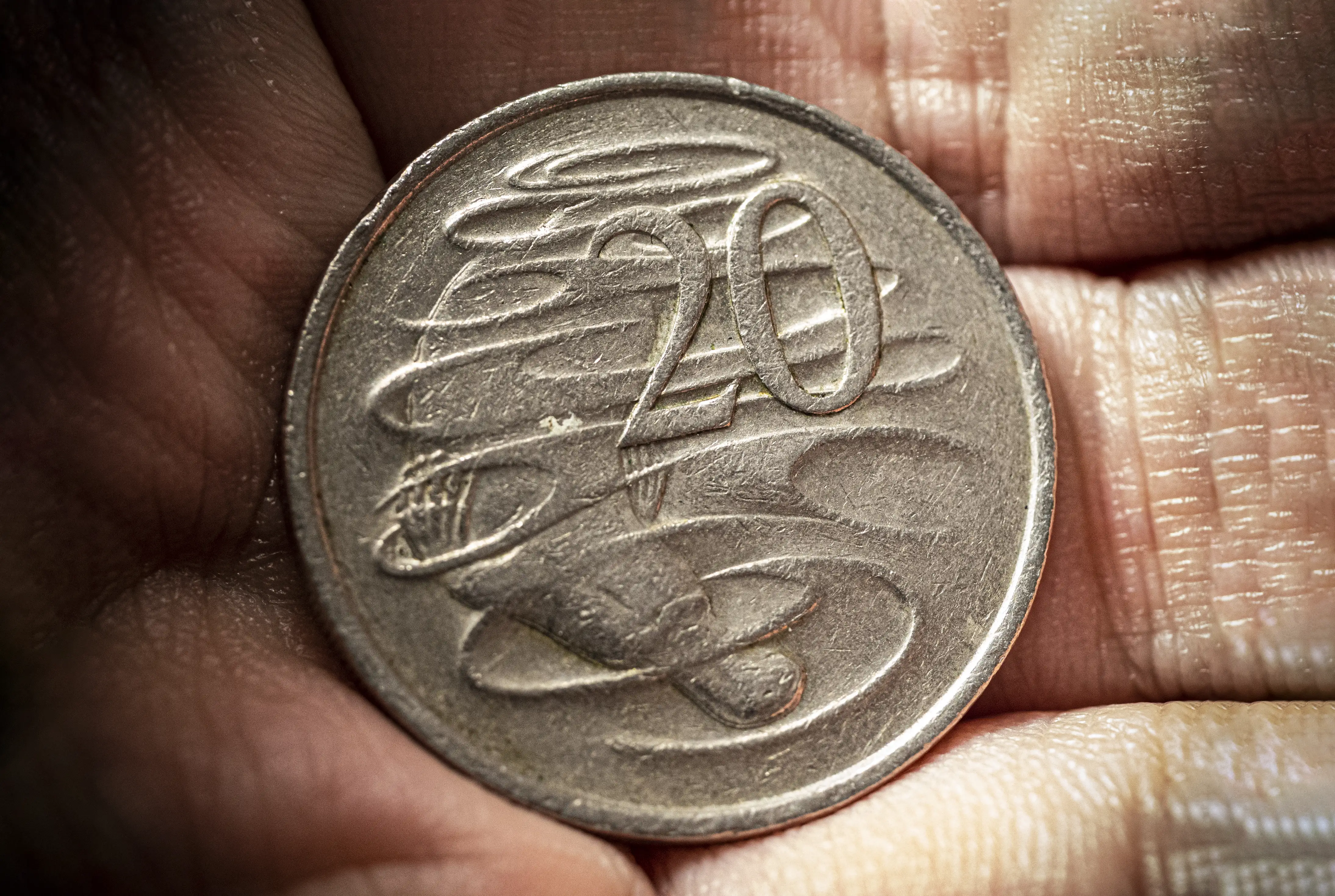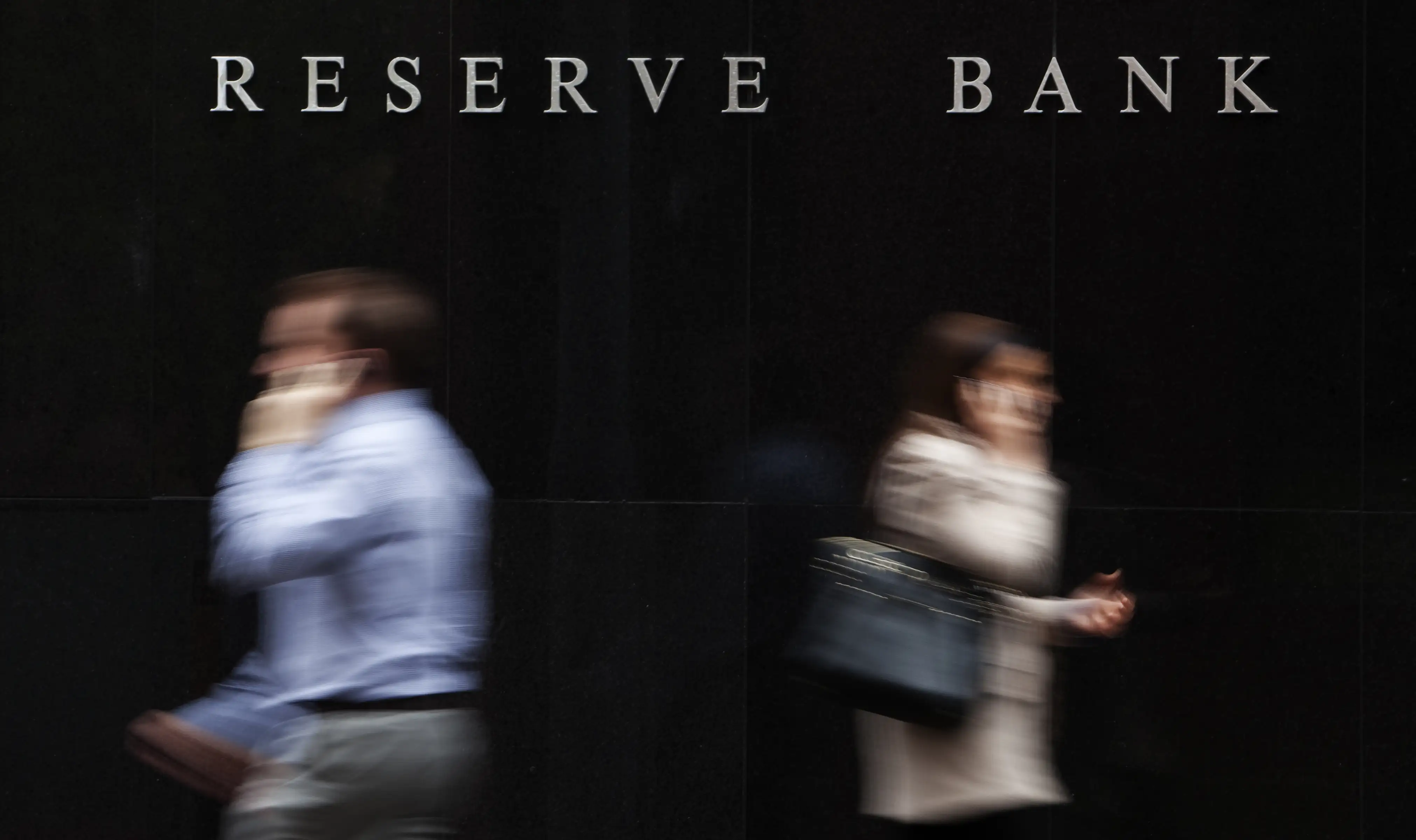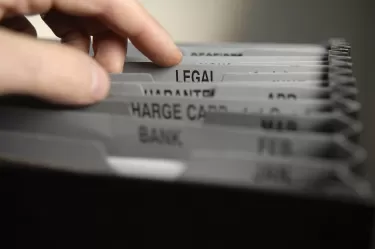
Business & Economics
Behind the bitcoin bubble

Why do we need to talk accurately about money? Because understanding it means we can all hold governments and banks to account
Published 21 November 2024
Money is important. So much so that we dream, sing and worry about it. Around the world, money is central to the most pressing public policy debates, including the likes of the cost of living, intergenerational equity, fiscal ‘austerity’ and funding the world’s carbon transition.
But how well do we really understand money? What about the related spheres of banking, financial markets, taxation and public spending?

The short answer is, not very well at all.
In 2011, American anthropologist and activist David Graeber wrote a popular book, Debt: The first 5000 years.
When faced with the need to describe modern money and banking, Graeber threw up his hands: “once the global system of credit money was entirely unpegged from gold, the world entered a new phase of financial history – one that nobody completely understands”.
Though Graeber was wrong on a lot of things (his activism and much of his scholarship deserve praise, but his economic writings can best be described as a kind of financial jazz) he was largely right about the present phase of financial history.

Business & Economics
Behind the bitcoin bubble
The current international conversation about money, banking, taxation and public spending is a gigantic muddle.
In books, journals and on websites like Investopedia; in the publications of think tanks, central banks and investment banks; and even in papers like the Financial Times, monetary confusion is widespread.
The confusion extends to how and by whom money is created; the nature of that money; and the nature of money-adjacent phenomena like bank reserves.
The implications of this confusion are large. They affect monetary and fiscal policy, and how well we can all hold governments and banks to account.

Most histories of money emphasise notes and coins along with their colourful precedents – stones, shells, cows, pigs, rum and even meteorites.
One exception was the focus of the 1832 book, On the Economy of Machinery and Manufactures, written by the English computer pioneer Charles Babbage.
In a key passage, Babbage describes the crucial process of ‘netting’ and settling inter-bank payments.
Each business day, representatives of the banks met at the Bankers’ Clearing House on Lombard Street in London.
Painstakingly, all the different claims on the various banks were ‘netted’ – so that equal inward and outward transfers for a given bank were cancelled out – and only the net amount was settled, this might be done by transferring gold from the net paying banks to the net receiving ones.

Business & Economics
Is our trust in banking restored?
Today, physical forms of money play only a small part in capitalism.
Since the end of the Bretton Woods system in 1973, which used gold as the universal standard, the precious metal has become much less important as a medium for settling inter-bank payments.
And with the rise of electronic payment systems, the use of coins and banknotes has declined dramatically. As Babbage foresaw, bank money is far and away the dominant form of money.
The creation of bank money is surprisingly simple and quite counter-intuitive.
The overwhelming majority of money is created through private-sector bank lending.
When a bank writes a loan, the borrowed amount and the obligation to pay the debt are created simultaneously. The borrower’s obligation is an asset for the bank; and the loan amount, deposited for the benefit of the borrower, is a corresponding liability for the bank.

In this way, bank money is created anew, ‘from thin air’, not from or in relation to deposits or other existing money. There are limits, of course, on the extent to which banks can create money and loans in this way.
Sufficient and suitable lending opportunities must be available, for example, and the bank must have enough ‘reserves’ to carry out the instructions of the borrower.
These ‘reserves’ (known as exchange settlement account funds or ESAs) are central bank IOUs. They perform the role previously played by gold as a medium for inter-bank settlement of payments.
But ESAs are not money because, among other things, non-banks – like you and I – cannot directly hold or spend them.

Business & Economics
Keeping robot finance fair
As with the process that Babbage observed in the nineteenth century, settlement with ESAs often takes place in net terms; the total quantity of ESAs is much smaller than the total quantity of bank money.
Like the field of Shakespeare studies today, the field of monetary and financial economics is in a state of schism.
After noticing something wrong in standard explanations of money and fiscal policy, a broad church of heterodox economists came together under the banner of ‘Modern Monetary Theory’ (MMT).
A pillar of this theory is the observation that, within reasonable limits, a monetarily sovereign country can spend more than it taxes and can pay for the resulting budget deficit by creating money rather than borrowing it.

MMT proponents rightly argue that governments spend money into existence, and that, instead of a budget constraint, monetarily sovereign countries face an inflation constraint.
But leading MMT-ers also take the further step of presenting governments as having a monopoly over currency issuance.
In truth, as already noted, most money is bank money created by private banks.
Even when a government spends money into existence, it does so through the private banking system.
Putting aside coins and banknotes, there is no ‘official money’ or ‘fiat currency’ separate from ordinary bank money (and separate from ESAs, which are not money).

Business & Economics
Is it time to rethink our banks being too big to fail?
Governments in monetarily sovereign countries like the US, Australia, Japan, Sweden, New Zealand and the UK do not directly control the money supply.
(Bank deposit money in private banks is indirectly ‘official’ insofar as private banks are regulated by and otherwise intertwined with the state. Likewise interbank payments are official insofar as they are settled using central bank balances.)
Another widespread error is to imagine that money created through bank lending and government spending then possesses all the properties of ‘money’ as it is normally understood.
Money in its commonsense form is unitised, token-like, tradeable and durable: it moves between banks and around the economy, all the while retaining its essential money-like form.

This standard view of money is ingrained in all of us from childhood.
Strong-looking bank facades help convince us that banks are storehouses of money. We put coins in bank-shaped moneyboxes, and we see films of bank robbers running away with piles of cash.
Bank money, however, is very unlike our commonsense idea of durable, tradable and stealable money.
Bank money is a ledger-based credit contract. In the case of an ‘inter-bank transfer’, this type of money does not move between banks. It is erased in one bank’s ledger and replaced in another’s.
The replacement balance has different parties, possibly different terms and conditions, and different creditworthiness.

Business & Economics
Improving the finance sector for all Australians
Likewise, this type of contractual, ledger-based money is not ‘collected’ through taxation: it’s wiped or vaporised at the moment when taxes are paid; and then, at a later date, new ledger-based bank money is spent into existence.
Contractual money – the dominant form of money in modern finance and commerce – is not and cannot be traded on the ‘money market’, and nor can it be traded between countries on the foreign exchange market. (The actual forex trade is conducted bank-to-bank in ESAs.)
The bank money of a monetarily sovereign country cannot be held outside that country’s banking system.
And when bank money is stolen, through something like cyber-crime, the theft is a result of the dysfunctional execution of commercial-legal-administrative instructions, rather than the mere taking away of unitised ‘money’.
(Banks have a surprisingly high degree of control over fraudulent payments and transfers.)

So, putting aside physical notes and coins, the official, unitised, tradable money that is a staple of finance textbooks and financial journalism is a widespread illusion.
‘Money’ as it is generally understood is not foundational to modern capitalism.
The everyday language of money, banking and finance is a set of ill-fitting metaphors.
If we are to speak accurately, we need a new lexicon that replaces terms like ‘deposit’, ‘transfer’, ‘tax collection’, ‘reserves’ and ‘money market’.
The word ‘money’, too, is ripe for replacement. The majority of ‘money’ in the world today is very unlike the everyday understanding of that word.

Business & Economics
Client-lawyer privilege versus the Australian Tax Office
It has been stretched to cover so many different things that its meaning is at breaking point.
Why do we need to speak and write accurately about money?
Because only then will people understand how our system works at the most fundamental level – and only then will we be able to hold governments and banks accountable for the big, everyday decisions they make using the powers we have given them.
Without a new conversation about public and private finance, people around the world will stay trapped in a money maze.